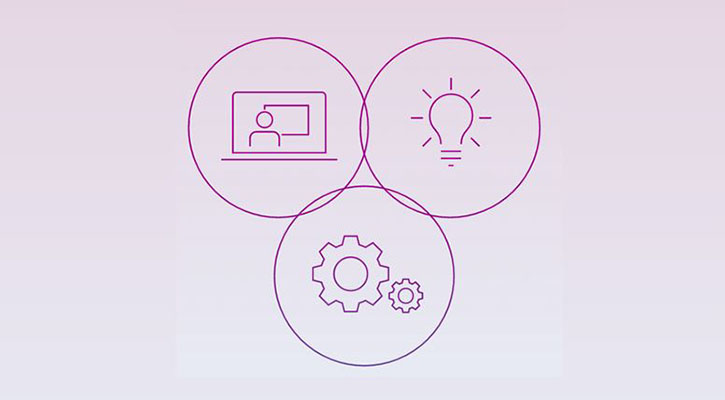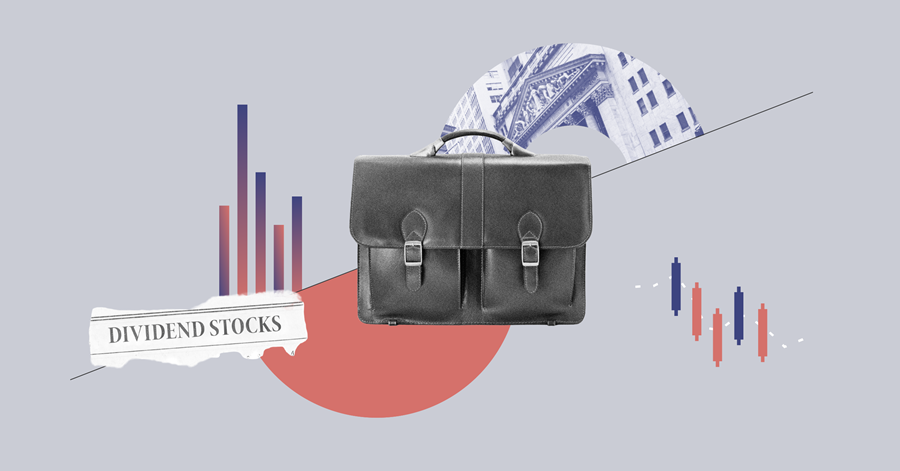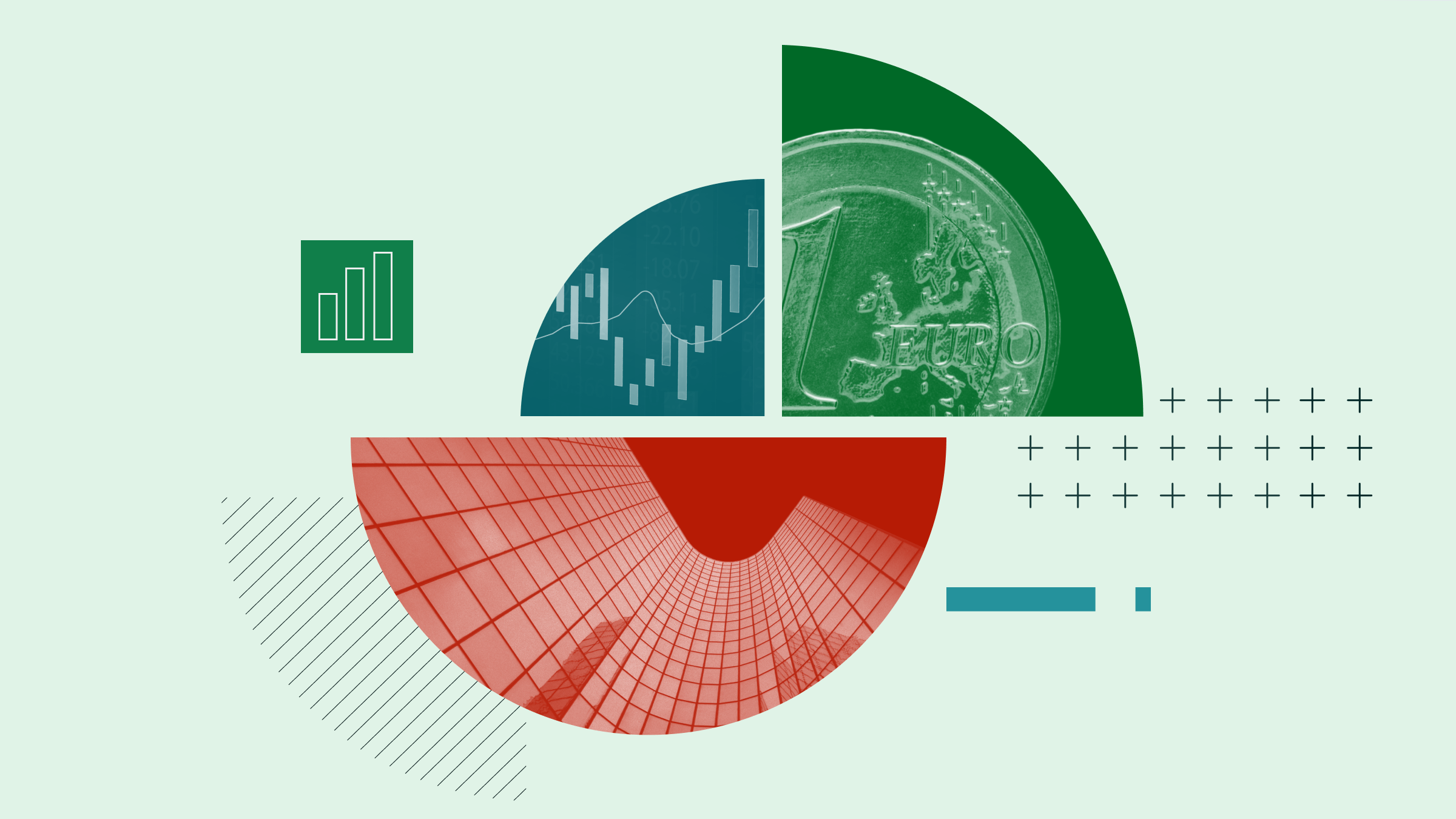Holly Black: Welcome to Morningstar. I'm Holly Black. With me is Dan Lefkovitz. He is a strategist in the Morningstar Index team. Hello.
Dan Lefkovitz: Great to be with you. Hi.
Black: So, I think in all of the recent market turmoil, one thing that investors are really starting to get concerned about is how sustainable the dividends they are being paid by companies are. So, for income investors, that's a real concern at the moment. And you have a couple of indices that track dividend paying companies. What are some of the challenges?
Lefkovitz: Yeah, it's undoubtedly a challenging market for dividend investors, also rich with opportunity, I'd say. Interest rates have come down in many markets, which has made income in the equity markets relatively more attractive vis-à-vis cash and bonds. So, it's natural that many investors are looking at this time for income and equity markets, but you do have to trade carefully. We know that dividend stocks are far from risk free. And as you mentioned in today's market environment, economic downturn is imminent, and it will hurt many dividend payers. We saw this during the last financial crisis, a lot of dividends were cut during the Global Financial Crisis of 2008. So, the overarching message I'd send is you have to be very selective when you're approaching dividend stocks.
Black: Okay. So, if I am a dividend investor, what should I specifically be avoiding at the moment?
Lefkovitz: So, the first thing you want to avoid is chasing yield at all costs. When prices come down, yields go up. And so, we see really attractive looking yields in sectors like energy, basic materials, financial services, consumer cyclicals. And some of these stocks are attractive, but you don't want to sacrifice long-term total return at the expense of short-term incomes. You have to be aware of dividend traps, companies that throw off an attractive yield that's ultimately unsustainable. You don't want to select only on yield or relying too much on historicals. You don't want to look too much at the historical dividend paying history. Track record will only get you so far in this kind of environment. Even before the crisis, we had a big cautionary tale in the form of Vodafone, which had raised its dividend payment every year since 1998 until it ran into trouble, balance sheet deterioration and ended up cutting by 40% in 2019. So, a company can be a dividend champion on paper until it isn't.
Black: Okay. And one of the measures that you guys specifically use in your team is something called distance to default. Can you tell us a bit more about how that works?
Lefkovitz: Yeah, distance to default, it's an interesting measure. As the name implies, it's a measure of financial health. It gauges essentially the likelihood that a firm's liabilities will exceed its assets, and in which case the dividend will certainly be at risk. The company will deteriorate financially, share price declines, all sorts of bad things will happen. And what's unique about distance to default is that incorporates market information. It looks at a company's equity value, the volatility of a company's equity value, because markets can be leading indicators. The market can sniff out financial deterioration long before the numbers show up in financial statements. So, for the purposes of index selection, we compare companies to their peers on the basis of distance to default and screen out companies that don't score well.
Black: Okay. So, I suppose the important thing with all of these measures that sounds great in theory is, do they actually work? Do you have a couple of examples of where it's helped you avoid dividend cutters?
Lefkovitz: Indeed, yeah. We recently looked at 15 years' worth of data. And what we found essentially was that across geography, across time period, companies that had better distance to default scores were more likely to sustain their dividends and companies that had worse distance to default scores were more likely to cut. So, the distance to default measure led us to avoid in our dividend indexes Vodafone for example, General Electric, Kraft Heinz in the US market, BMW, Telstra in Australia, StarHub in Singapore. So, we've been able to avoid not every big dividend cutter, but we've been able to avoid a fair number of dividend cutters and we found that the measure to be an effective one.
Black: Okay. Well, that's good to know it's working at least. So, what would be your sort of key takeaways for dividend investors today?
Lefkovitz: Yeah. Well, first of all, dividend investing is a good thing, not only for income, but also for total return. Companies that pay dividends tend to be more solid than those that don't. They tend to be more disciplined, more focused on that return of capital to shareholders as opposed to frittering away cash. But you have to look at – emphasise total return, don't chase the market's highest yielders without regard to their financial health, and most importantly, look forward to measures that are predictive. Don't rely too much on a company's track record.
Black: Dan, thank you so much for joining us. For Morningstar, I'm Holly Black.





















